
Creating a wheelchair-accessible bathroom requires thoughtful planning and specific design elements that prioritize safety, comfort, and independence. You might be renovating for a family member, preparing for aging in place, or simply wanting to make your home more inclusive. Whatever the case, understanding must-haves for an accessible bathroom design will help you create a space that truly serves its users.
From door widths to shower configurations, every element plays a role in creating an environment where wheelchair users can navigate with confidence and ease. Read on to explore the benefits of the following features to include in a wheelchair-accessible bathroom and how to leverage them.
1. Widened Doorways
Standard residential doorways typically measure 32 inches wide, but wheelchair-accessible bathrooms require doorways of at least 36 inches. This additional width allows wheelchairs to pass through without difficult maneuvering or scraping against the door frame.
The door itself should swing outward. Installing pocket doors or bi-fold doors can also maximize usable floor space within the bathroom. Also, consider implementing lever-style door handles instead of knobs, and have them positioned 34 to 48 inches from the floor for easy reach from a seated position.
Furthermore, think of the threshold. Eliminate raised thresholds whenever possible or keep them under half an inch in height. Any necessary threshold should have beveled edges to prevent a chair’s wheels from catching.
2. Nonslip Flooring
Nonslip flooring prevents accidents by providing stability for wheelchair users transferring from their chairs to other surfaces. Textured tiles, slip-resistant vinyl, or specialized rubber flooring offer excellent traction without creating barriers for wheelchair movement.
Avoid high-gloss finishes that become slippery when wet. Instead, choose materials with a matte or low-sheen finish that maintains grip even in humid conditions.
Lastly, consider seamless flooring options, which reduce trip hazards and are easier to clean and maintain. Above all, the flooring should be level throughout the bathroom. You should build drainage slopes into the subfloor rather than creating surface-level barriers that could impede wheelchair access.
3. Grab Bars and Support Handles
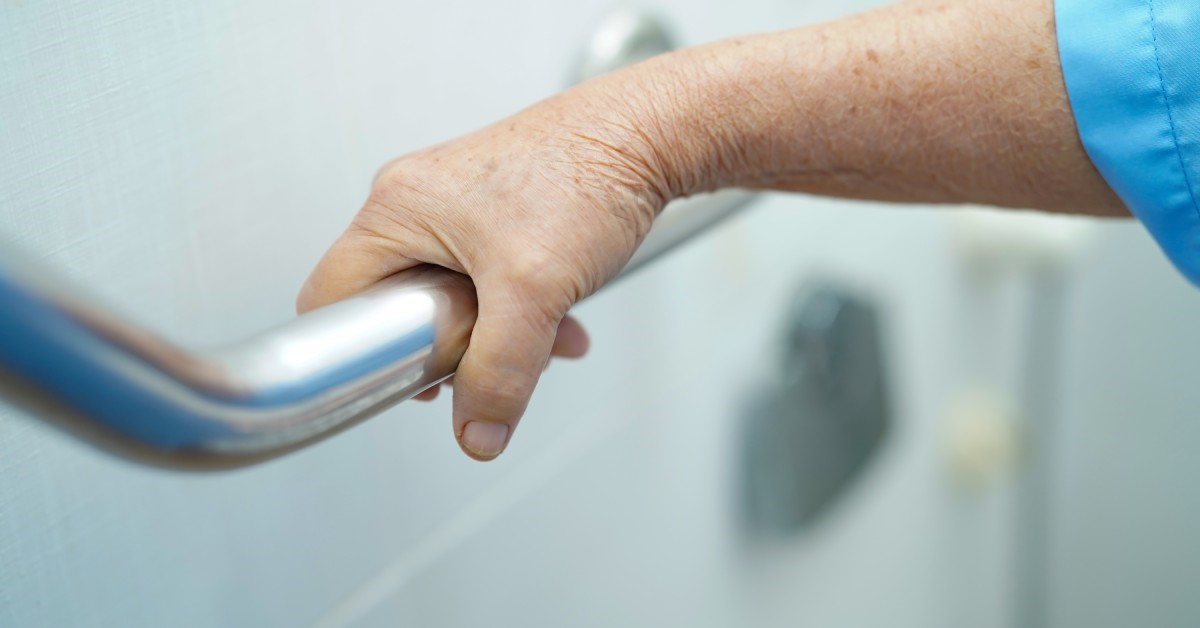
Strategically placed grab bars provide essential support for transfers and stability. Install them near the toilet, shower, and sink areas using mounting hardware that can support at least 250 pounds of force.
For instance, a 36-inch horizontal grab bar on the side wall would work well around the toilet, especially when augmented by a 24-inch bar behind the toilet. Have these bars mounted 33 to 36 inches from the floor. For optimal support, position them to allow users to grip with their stronger hand during transfers.
Regarding gripping, grab bars should have a diameter between 1.25 and 1.5 inches because this range is the most comfortable. Try choosing bars with a nonslip surface and contrasting color to improve visibility.
4. Roll-In Showers
Standard shower stalls create significant barriers for wheelchair users. For this reason, roll-in showers are one of the most imperative features to include in a wheelchair-accessible bathroom. They eliminate obstacles by providing a seamless transition from the bathroom floor into the shower area.
The shower floor should be level with the bathroom floor or have a slight slope for drainage. Install a linear drain rather than a center drain to maintain proper water flow while keeping the surface as level as possible.
Ensure the shower has comfortable maneuvering space and a fold-down seat mounted approximately 17 to 19 inches from the floor. Grab bars along the walls for support during bathing are also necessities.
Equally important are handheld showerheads with adjustable-height mounting systems, as they allow users to control water flow and direction according to their needs. Install the showerhead holder at multiple heights to accommodate different users.
5. Adjustable Sink Heights
Standard bathroom sinks are typically too high for comfortable wheelchair access. Accessible sinks should have rims no higher than 34 inches, with a knee clearance of at least 27 inches high and 30 inches wide underneath.
Wall-mounted sinks often work better than vanity-style installations because they provide better knee clearance. Nevertheless, ensure that any exposed plumbing underneath has insulation or covering to prevent burns from hot water pipes.
Also, faucets should be single-lever or automatic sensor types that don’t require twisting or gripping. Position these controls within easy reach, no more than 25 inches from the front edge of the sink.
6. Adequate Wheelchair Turning Space
Wheelchairs require a minimum turning radius of 60 inches to make a complete 180-degree turn. This circular space allows users to maneuver independently within the bathroom and access all fixtures comfortably.
If a full turning circle isn’t possible due to space constraints, provide a T-shaped turning space with a 36-inch-wide by 60-inch-long area. This alternative allows three-point turns while still maintaining accessibility. In either case, keep this turning space clear of any obstacles, including trash cans, storage units, or decorative elements.
7. Easy-to-Reach Storage Solutions
Storage in wheelchair-accessible bathrooms should stay within the accessible reach range of 15 to 48 inches from the floor. Higher storage areas become unusable for wheelchair users, while lower storage can be difficult to access comfortably.
Install adjustable shelving systems that you can modify as needs change. Pull-out drawers work better than deep cabinets, for instance, because they bring stored items within easy reach. Consider lazy Susan turntables in corner areas to maximize accessibility.
Also, mount medicine cabinets lower than standard height, with the bottom shelf no higher than 44 inches from the floor. Choose cabinets with easy-to-grasp handles and doors that are painless to open.
8. Proper Lighting for Visibility
Good lighting is essential for safety and functionality in wheelchair-accessible bathrooms. Adequate illumination helps users navigate the space safely and independently.
Install multiple light sources to eliminate shadows and provide even illumination. Combine overhead lighting with task lighting around mirrors and other key areas. Keep light switches positioned 36 to 48 inches from the floor for easy access from a wheelchair.
Furthermore, consider motion-sensor lights that automatically illuminate pathways and key areas when someone enters the bathroom. These systems provide safety benefits because users don’t need to reach for switches in the dark.
Professional Installation Matters
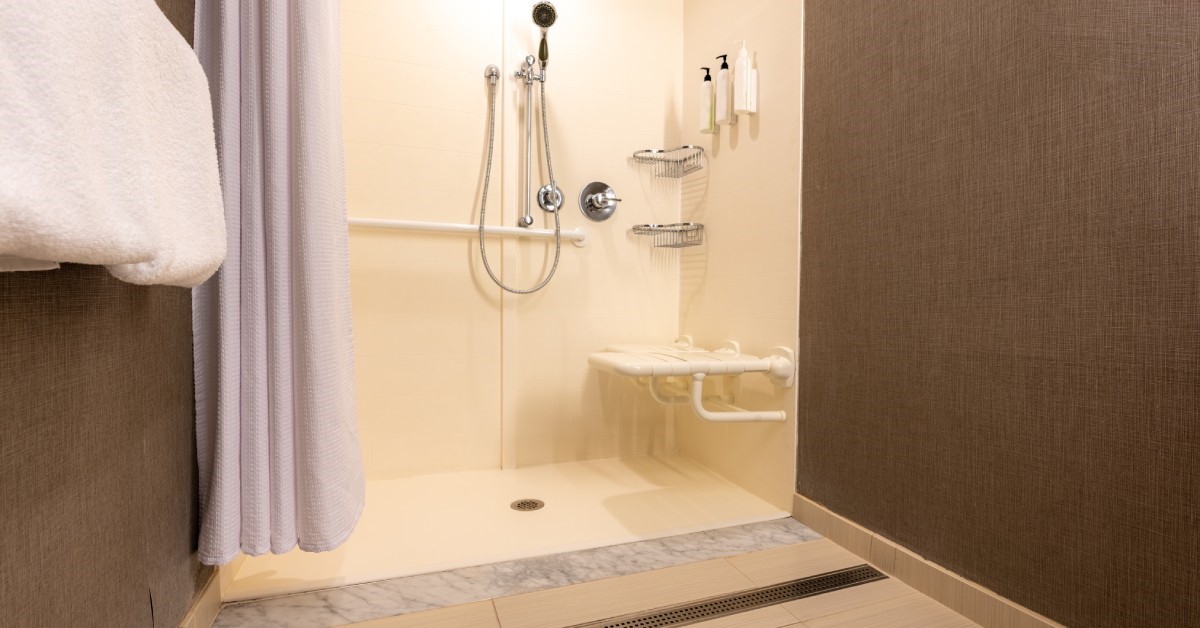
While understanding these accessibility features is important, proper implementation requires expertise and experience. Working with local bathroom remodeling contractors who specialize in accessible design ensures that your renovation meets all safety requirements and building codes while maximizing functionality and comfort. For homeowners in North Carolina, this means relying on Reece Builders—a team that’s been providing highly rated, efficient installations and renovations for over 50 years.
The professionals at Reece Builders understand the technical requirements for grab bar installation, proper drainage slopes, and electrical considerations for accessible bathrooms. With specialized industry knowledge and many years of experience, we can suggest innovative solutions that address specific challenges in your space while upholding its aesthetic appeal. Our expertise helps you avoid costly mistakes and ensures your accessible bathroom will serve its users safely and effectively for years to come.
Create Independence Through Design
Wheelchair-accessible bathrooms do more than comply with regulations; they provide independence, dignity, and comfort for users with mobility challenges. By incorporating these essential features, you create a space that enables safe, independent use for everyone.
Subscribe to Reece Builders's Blog




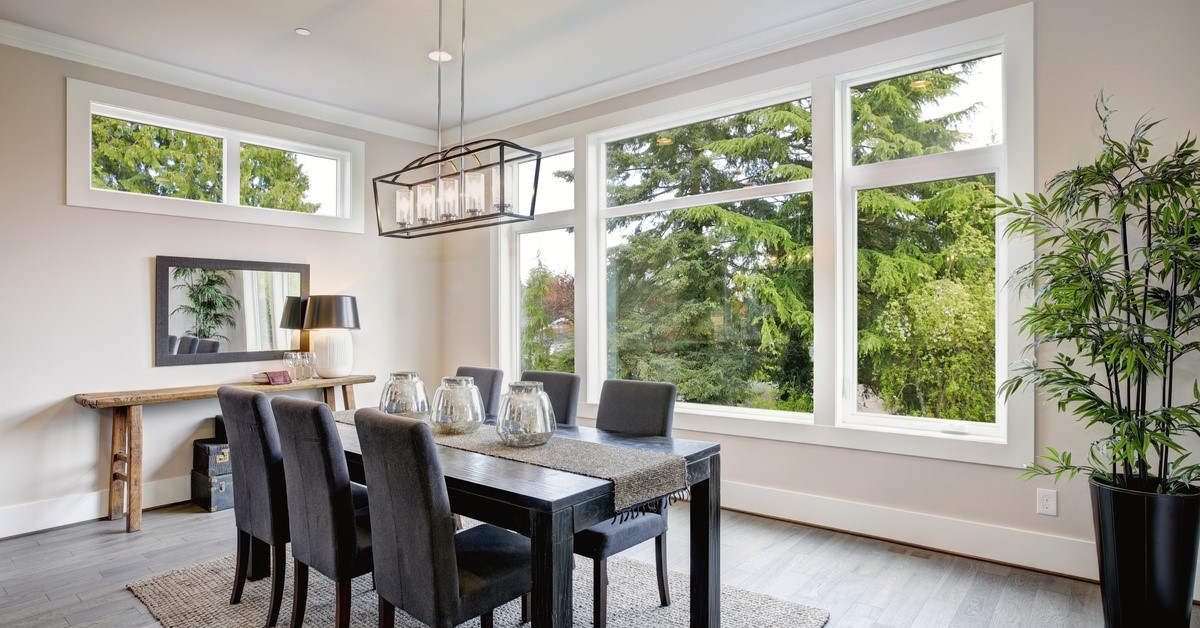
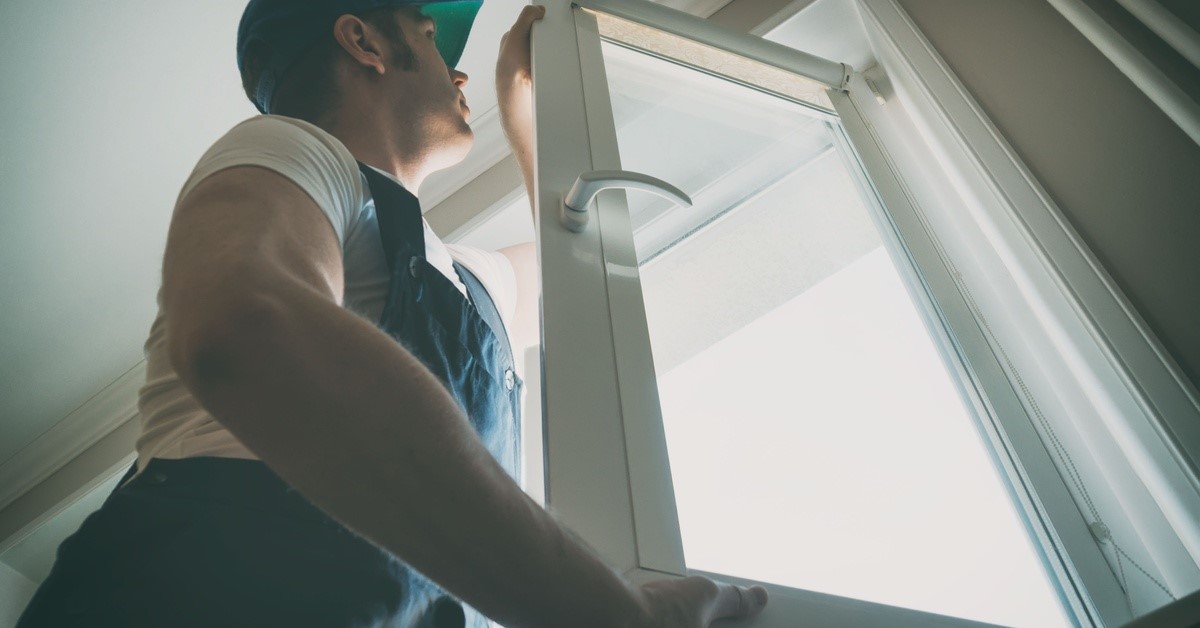
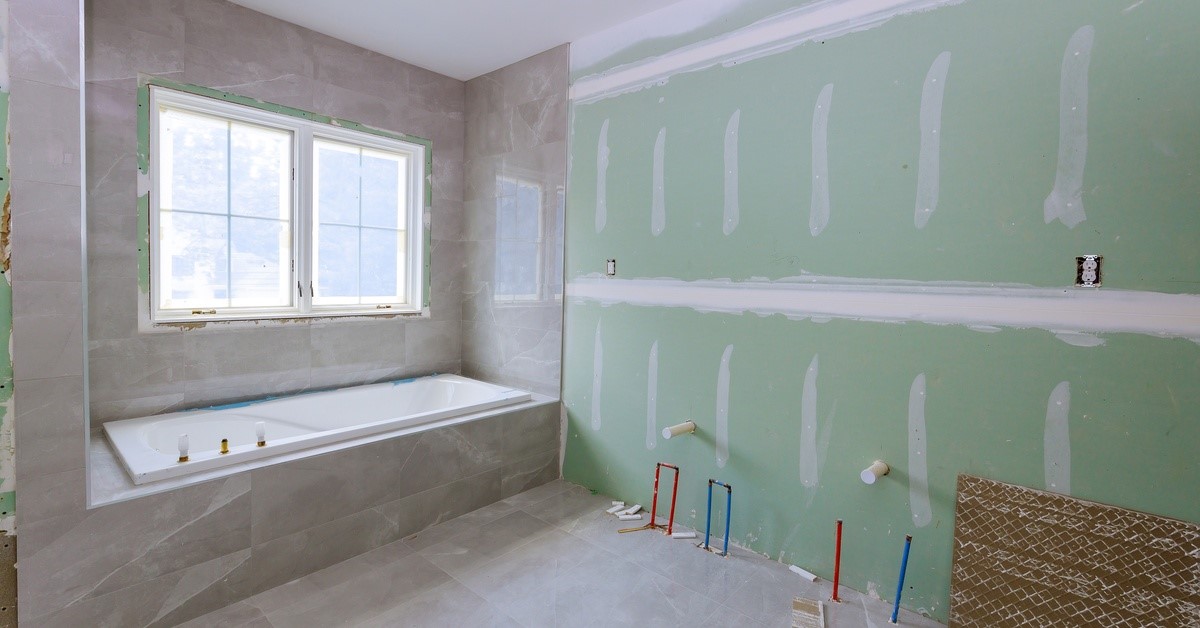
Comments